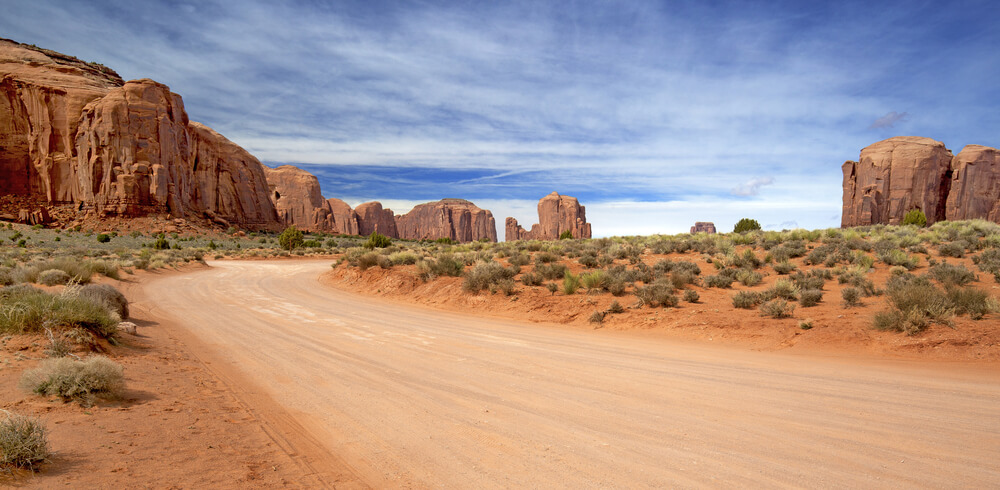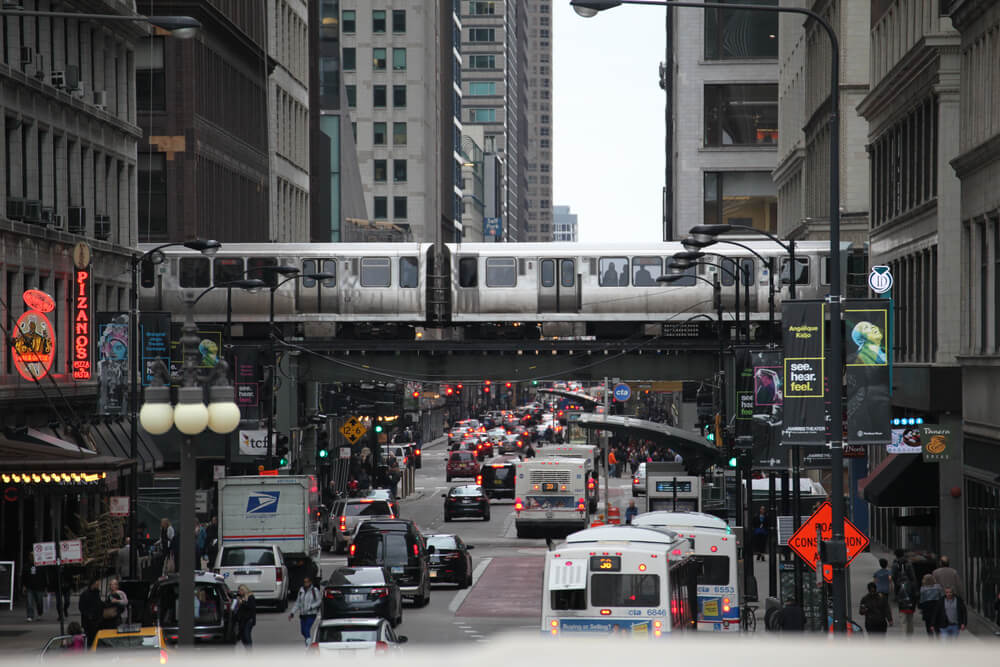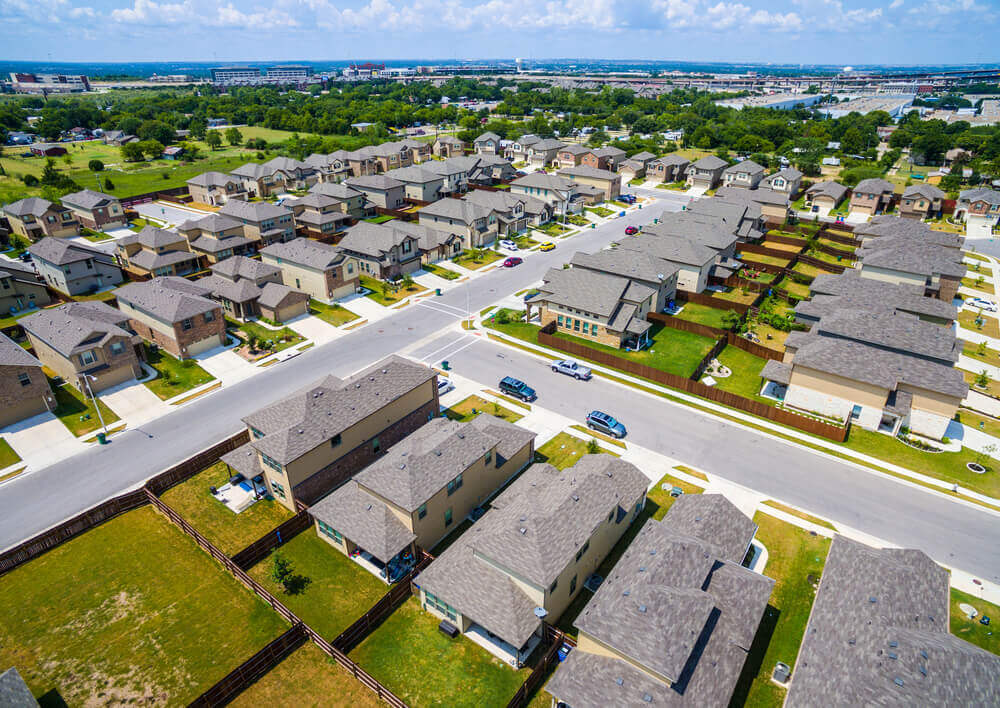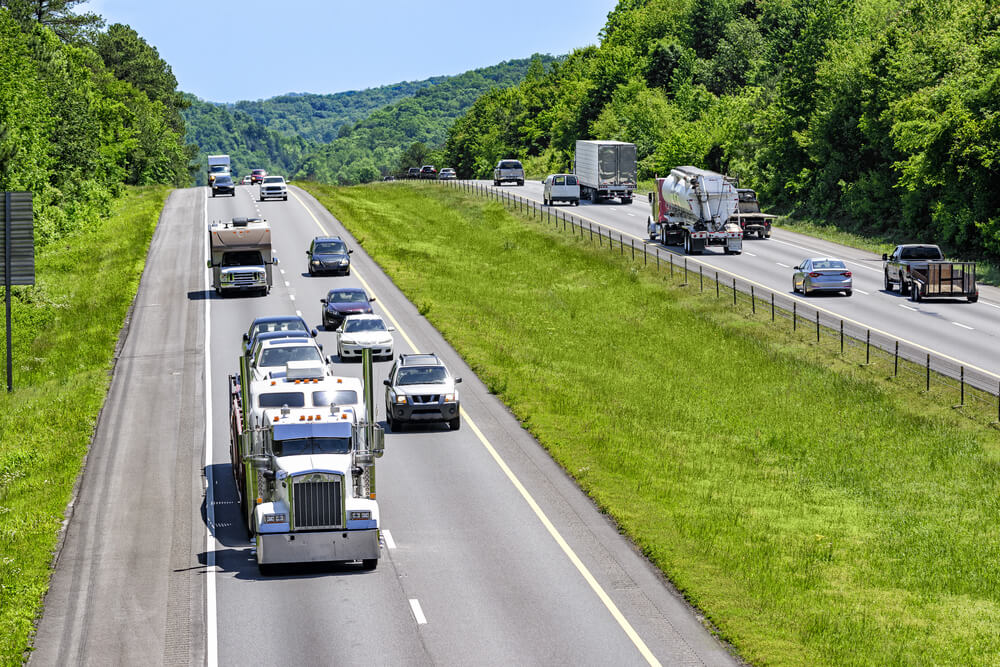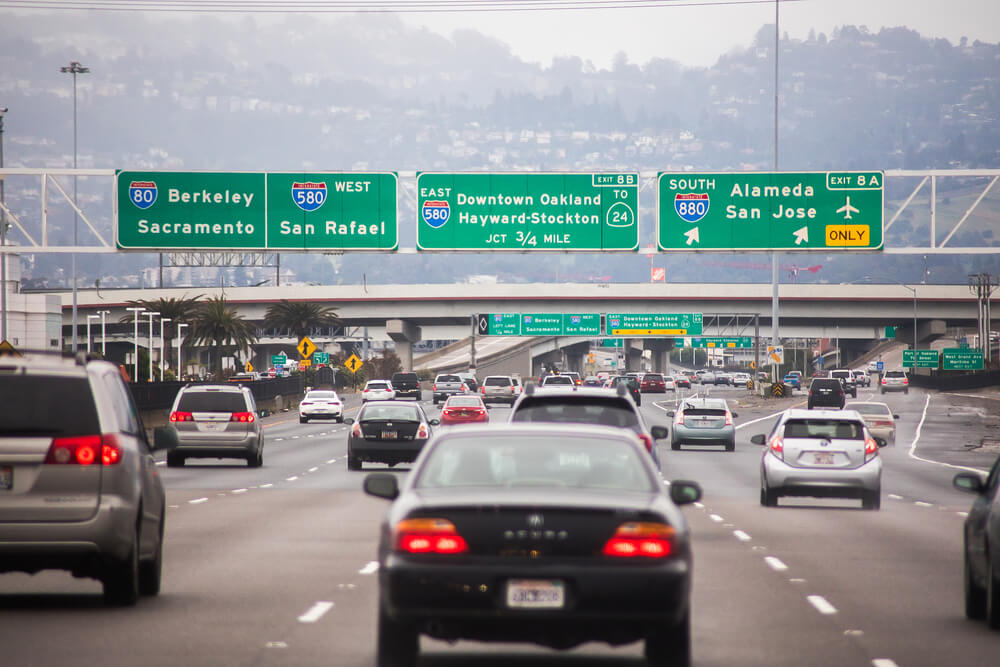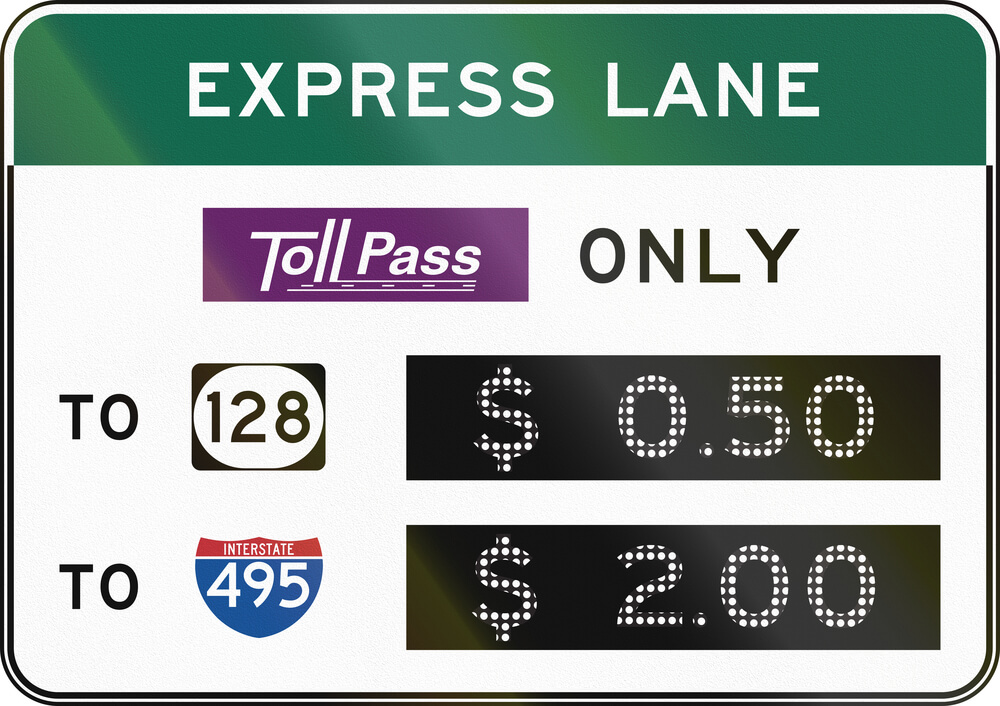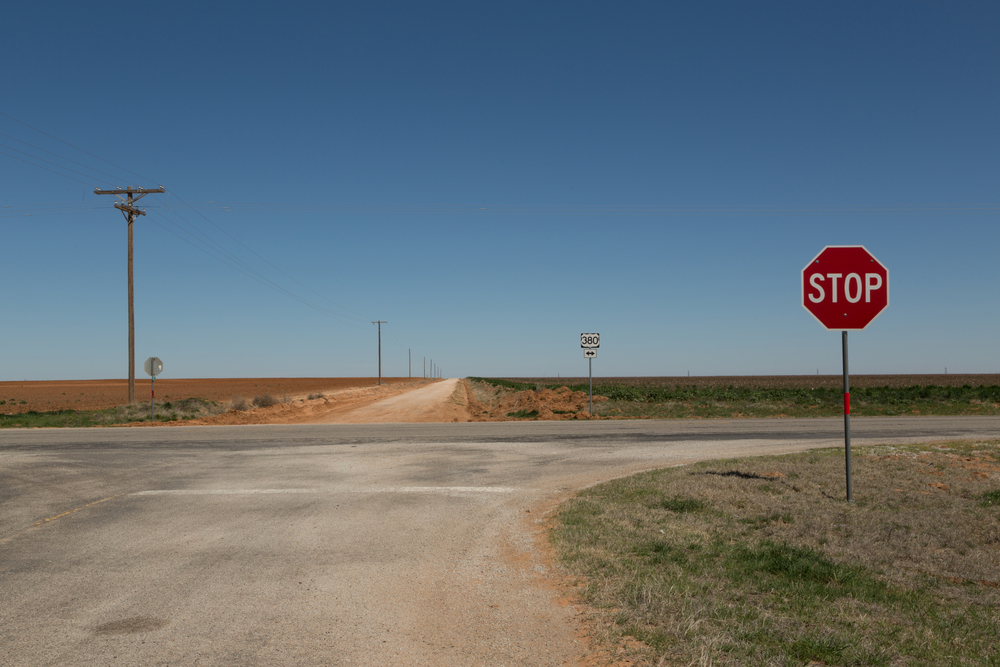

There are over four million miles of roadway in the United States of America. These roads travel through deserts, mountain ranges, huge forests, along beautiful coasts, through small towns, and in some of the largest cities in the world. There are endless types of roads in this country and it is likely that you will drive upon many of them during your driving career. This myriad of roadways encompasses everything from dirt roads to eight-lane expressways. It is essential for drivers to understand how all these types of roads function and the safest way to drive on each.
Dirt roads are often referred to in jest, but they are still quite common in many areas of the United States. Dirt roads are usually located in rural residential areas or are private roads that are maintained by individuals who live in the vicinity. For obvious reasons, dirt roads do not have pavement markings. Make sure that you keep your vehicle positioned on the appropriate side of the road and refrain from passing. Dirt roads are also subject to the weather and may be impassable in heavy rain.
Rural roads or “back-roads” make up a large portion of roadways in our country. A step up from dirt roads, these roads may or may not have pavement markings. Rural roads are often of a lesser quality that urban roadways because the towns and counties that are responsible for them do not have access to funding to make regular repairs. You may encounter other vehicles besides cars while driving on rural roadways: farm equipment, all-terrain vehicles (ATVs), and even horse drawn wagons in some areas. Always yield right of way to these types of vehicles and maintain extra distance between them and your own car for safety. There is also a greater likelihood of encountering wildlife while driving on rural roads. Reduce your speed and keep an eye out for deer, raccoons, and other critters. That being said, rural roads often offer some of the most scenic routes. If you have the time to take the back-roads to your destination, you will often be rewarded with a beautiful view.
In order of size, inner-city or metropolitan roadways are next on the list, although they are often some of the busiest roads in the nation. These roadways usually consist of two or four lanes and are divided into a grid system controlled by numerous traffic signals and stop signs. Depending on the area in which you are driving, metropolitan avenues, boulevards, and parkways can be very stressful. A profusion of taxis, bicycles, scooters, and transit buses travel these roads at all hours of the day. If you are an inexperience driver who is nervous about driving in the city, it is best to ask a more seasoned driver to take over. If you are ready to give it a shot, make sure that you know your route, pay attention to crossing pedestrians, and try not to get distracted by the bustling city right outside your window.
Suburban roads are some of the safest roadways and are an excellent place for young drivers to practice their skills. Suburban roads may travel through both commercial and residential areas but are not often excessively busy. You will encounter many types of intersections, traffic scenarios, and roadway styles in suburban areas. School zones are typically on suburban roadways, so keep a look out for small children or families crossing the street. Also of special concern in suburban areas are pets that are running loose and joggers, cyclists, and people walking with baby strollers.
State highways were the most common type of roadways for long-distance travel before the advent of the interstate system. Highways are usually one-or two-lane roads. Unlike on interstates, driveways and other roads are able to connect with highways and traffic signals control the flow of vehicles. Highways typically have a higher speed limit that other roads in the area, usually between fifty and sixty-five miles per hour. You should use similar merging techniques to those you would use on interstate systems when changing lanes on state highways. Remember that you may encounter a higher concentration of transfer trucks on state highways. These roads are often monitored by state traffic police or state troopers who have statewide jurisdiction.
The United States’ interstate highway system connects every major city, as well as many minor ones, and allows commuters, travelers, and transfer trucks to move from one area to another quickly and efficiently. Interstate highways are universal in design. All consist of four lanes except in cities or in areas that experience high volumes of traffic. Drivers enter and exit interstate highways using a ramp system. There are no connecting roadways or driveways on interstate highways. Most are relatively straight and level and are generally kept in good condition by state and national tax contributions. You can expect to drive at speeds around seventy miles per hour on interstate highways and may encounter minimum speeds in some areas. Pedestrians, cyclists, and SMV (slow moving vehicles) are not allowed on interstates. Periodic rest areas provide travelers with a safe area to rest, use the restroom, and stretch their legs on long drives.
Toll roads are privately run highways that charge a nominal fee in exchange for a smooth ride or a quicker route between popular destinations. Toll roads are particularly common in the Northeast and in sparsely populated areas in the West. You will drive through a toll both when entering and exiting toll roads. Some may use a ticket system to collect payment while others will require you to pay a one-time fee either as you enter or exit the roadway.
Whether you desire to meander around the country alongside horse-drawn carriages or whip through a major city without missing a beat, there is a roadway to serve your particular purpose. Just remember that not all roads are created equal and that each must be driven on appropriately.
